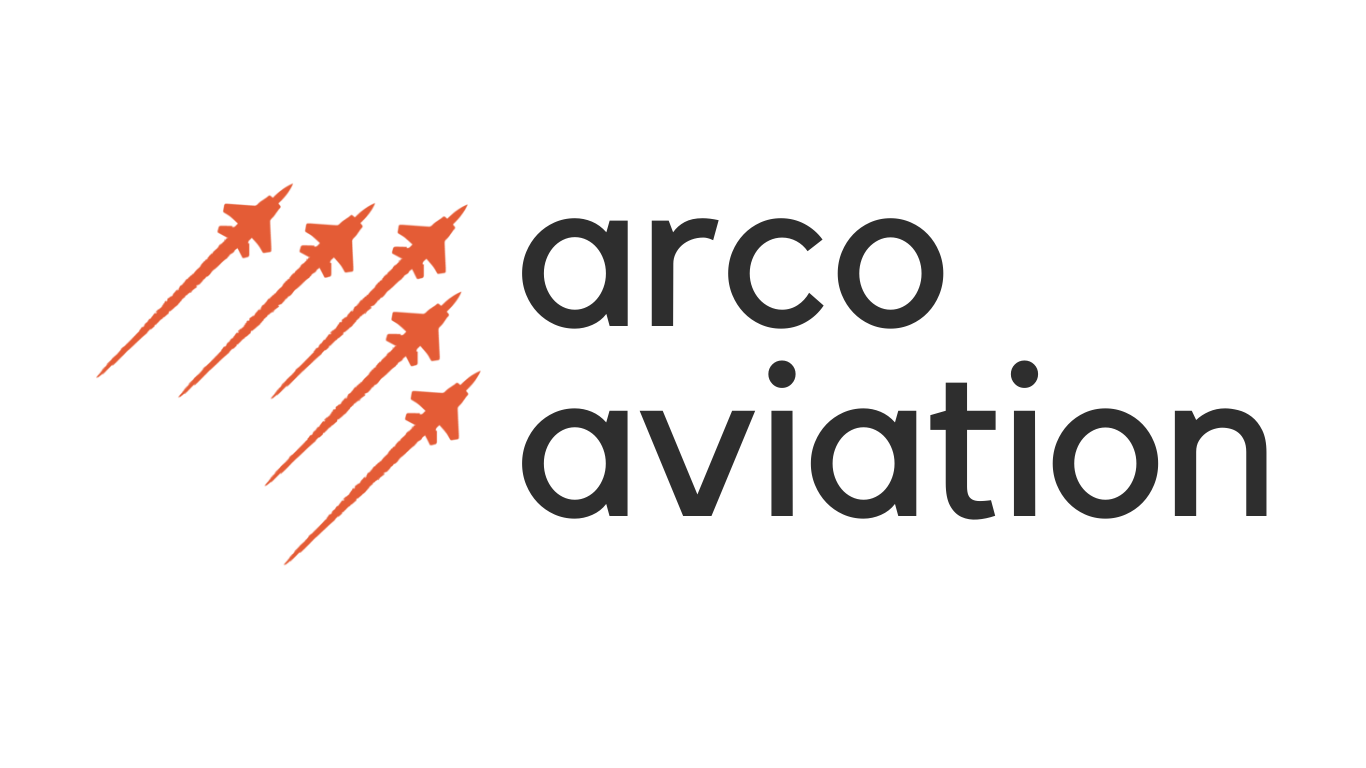
How To Pass Your PPL Exams First Time
How to Pass Your PPL Exams with Confidence
Working towards your Private Pilot Licence (PPL) is an exciting step in your flying journey, but it comes with a fair share of studying and exams. In the UK, students need to pass nine written exams covering everything from Air Law to Meteorology. For many trainee pilots, the thought of tackling such a wide syllabus can feel daunting – but with the right approach and study tools, success is well within reach.
Understand the Exams First
Before you start revising, it’s important to get familiar with what lies ahead. The nine subjects for the UK CAA/EASA PPL(A) are:
Each exam is multiple-choice, timed, and requires not just memorisation but a genuine understanding of the subject. Knowing the breadth of these topics early on will help you plan your revision realistically.
Create a Structured Study Plan
One of the most common mistakes students make is leaving revision too late. Unlike school exams, these are highly applied – meaning you’ll need to use what you’ve learnt during real flying. The best approach is to spread out your study over weeks or months, focusing on one subject at a time.
A good rule of thumb is to study alongside your flying lessons. For example, if you’ve recently flown a navigation exercise, revise the Navigation subject while it’s fresh in your mind. This makes the information stick and connects theory with practice.
Practise, Don’t Just Read
Reading the Air Pilot’s Manuals or listening to instructors is essential, but practice is what really prepares you for exams. This is where structured question-and-answer books make a big difference.
The Air Pilot’s Manual Q&A Examination Preparation Books (1–9) are widely used for this reason. They take the knowledge from the Air Pilot’s Manuals and turn it into exam-style questions, giving you a realistic feel for what to expect. Each book mirrors the format of the actual exams, includes blank answer sheets you can re-use, and lets you track your progress as you go.
Plenty of students say that the first time they sit a PPL exam feels far less stressful when they’ve already worked through these questions. It’s not about rote learning the answers – it’s about building the confidence to recognise the style and wording used in real papers.
Focus on Weak Areas
As you practise, you’ll quickly spot which subjects need more of your attention. Maybe you’re strong on Human Performance but struggle with Meteorology. Use this to your advantage: don’t keep cycling through what you already know well. Instead, spend more time on the areas that challenge you, using practice papers to measure improvement.
Combine Learning Resources
This Q&A set is designed to sit alongside the Air Pilot’s Manuals, which remain the gold standard for learning the core theory. Many students use the manuals to study a topic in depth, then test their understanding with the Q&A books. It’s a combination that flight schools often recommend because it balances theory with exam technique.
Exam Technique Matters Too
When it comes to the day of the exam, a few simple strategies can make all the difference:
-
Read every question carefully – don’t rush.
-
Eliminate clearly wrong answers first.
-
Keep an eye on the clock, but don’t panic if you’re stuck – move on and come back.
-
Double-check units and conversions in calculations (a common trip-up point).
Why Students Choose the Q&A Bundle
Although each book is available individually, many students opt for the complete nine-book set. Having them all means you can dip in and out as your training progresses, without needing to order more later. It’s also more cost-effective than buying them separately. For anyone serious about passing all the exams in one smooth run, it’s a solid investment.
Final Thoughts
Passing your PPL exams isn’t about cramming – it’s about steady, consistent study and plenty of practice. With a structured plan, the right resources, and commitment to working through your weaker areas, you’ll be in a strong position to succeed.
The Air Pilot’s Manual Q&A books have helped thousands of students do just that, and they remain one of the most practical tools available for anyone preparing for their PPL. Pair them with your flying lessons and the Air Pilot’s Manuals, and you’ll find the exams far more manageable.



Leave a comment
This site is protected by hCaptcha and the hCaptcha Privacy Policy and Terms of Service apply.